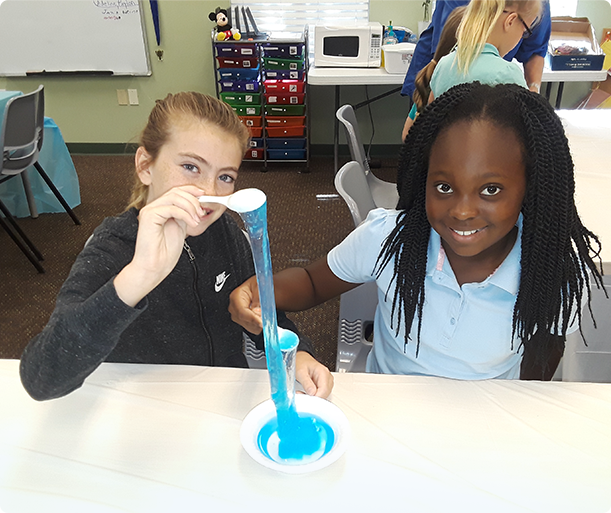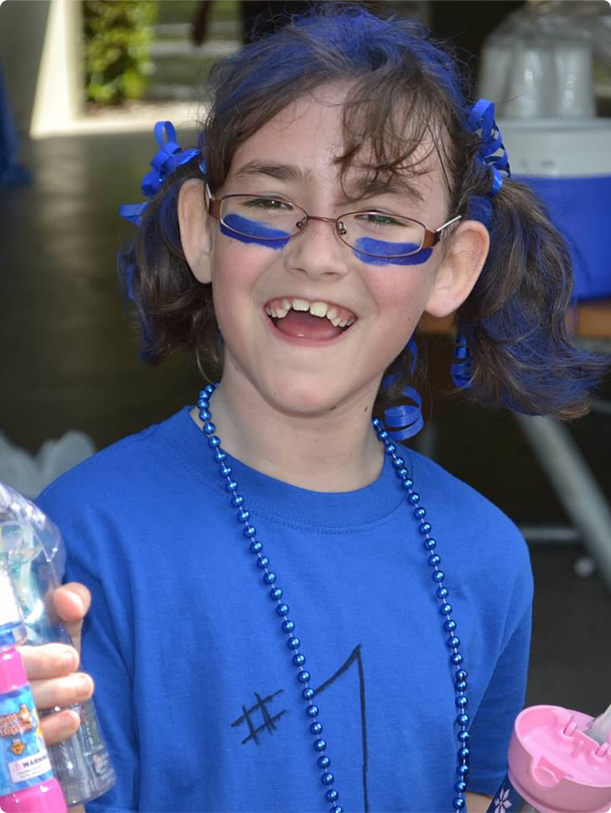Dyslexia
Dyslexia is an often misunderstood disability. Many people believe that persons with Dyslexia see words backwards. The truth is that Dyslexia is not a visual disorder but rather a language disorder.
The reason that letters “move around” is that the individual sounds or phonemes have less value. Below is some information from the International Dyslexia Association (IDA). For more information on Dyslexia please visit their website: www.interdys.org.

What Is Dyslexia?
Dyslexia is a language-based learning disability. Dyslexia refers to a cluster of symptoms, which result in people having difficulties with specific language skills, particularly reading. Students with dyslexia usually experience difficulties with other language skills such as spelling, writing, and pronouncing words. Dyslexia affects individuals throughout their lives; however, its impact can change at different stages in a person’s life. It is referred to as a learning disability because dyslexia can make it very difficult for a student to succeed academically in the typical instructional environment, and in its more severe forms, will qualify a student for special education, special accommodations, or extra support services.
What Causes Dyslexia?
The exact causes of dyslexia are still not completely clear, but anatomical and brain imagery studies show differences in the way the brain of a dyslexic person develops and functions. Moreover, most people with dyslexia have been found to have problems with identifying the separate speech sounds within a word and/or learning how letters represent those sounds, a key factor in their reading difficulties. Dyslexia is not due to either lack of intelligence or desire to learn; with appropriate teaching methods, dyslexics can learn successfully.


How Widespread
Is Dyslexia?
About 13–14% of the school population nationwide has a handicapping condition that qualifies them for special education. Current studies indicate that one-half of all the students who qualify for special education are classified as having a learning disability (LD) (6–7%). About 85% of those LD students have a primary learning disability in reading and language processing. Nevertheless, many more people, perhaps as many as 15–20% of the population as a whole have some of the symptoms of dyslexia, including slow or inaccurate reading, poor spelling, poor writing, or mixing up similar words. Not all of these will qualify for special education, but they are likely to struggle with many aspects of academic learning and are likely to benefit from systematic, explicit, instruction in reading, writing, and language. Dyslexia occurs in people of all backgrounds and intellectual levels. People who are very bright can be dyslexic. They are often capable or even gifted in areas that do not require strong language skills, such as art, computer science, design, drama, electronics, math, mechanics, music, physics, sales, and sports. In addition, dyslexia runs in families; dyslexic parents are very likely to have children who are dyslexic. Some people are identified as dyslexic early in their lives, but for others, their dyslexia goes unidentified until they get older.
How Is Dyslexia Treated?
Dyslexia is a life-long condition. With proper help, many people with dyslexia can learn to read and write well. Early identification and treatment is the key to helping dyslexics achieve in school and in life. Most people with dyslexia need help from a teacher, tutor, or therapist specially trained in using a multisensory, structured language approach. It is important for these individuals to be taught by a systematic and explicit method that involves several senses (hearing, seeing, touching) at the same time. Many individuals with dyslexia need one-on-one help so that they can move forward at their own pace. In addition, students with dyslexia often need a great deal of structured practice and immediate, corrective feedback to develop automatic word recognition skills. When students with dyslexia receive academic therapy outside of school, the therapist should work closely with classroom teachers, special education providers, & other school personnel. Schools can implement academic accommodations & modifications to help dyslexic students succeed. For example, a student with dyslexia can be given extra time to complete tasks, help with taking notes, & work assignments that are modified appropriately. Teachers can give taped tests or allow dyslexic students to use alternative means of assessment. Students can benefit from listening to books on tape & using the computer for text reading programs and for writing. Students may also need help with emotional issues that sometimes arise as a consequence of difficulties in school. Mental health specialists can help students cope with their struggles.

Visit Us
-
Tours can be scheduled by emailing John Hettler at jhettler@sosaschool.com , by using our Contact Us page, or calling (941)538-6822 x102. -
Prospective students are required to join us for a shadow day, in which they will spend the day at SOSA and see what a typical day at school is like.
Is Your Child Struggling
In Reading?
-
Take a look at our “Red Flag” Checklist of reading skills. -
The Dyslexia Screener is another useful tool in looking at your child’s reading skills
Financial
-
Most of our students receive funding through the Step Up for Students Scholarship Program. -
The school also offers financial aid for families who qualify.

